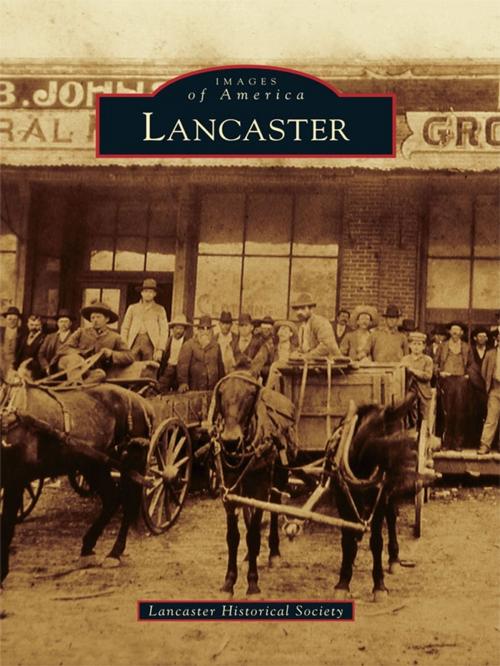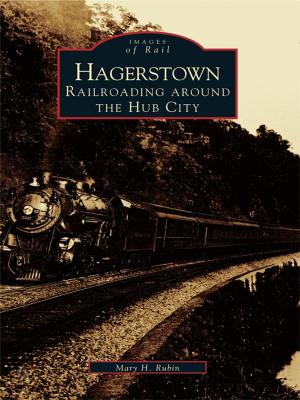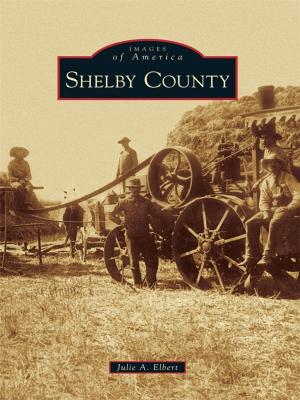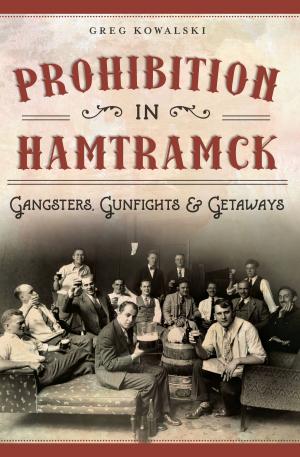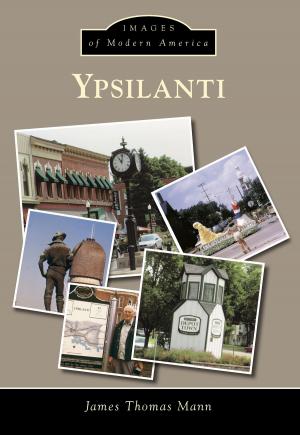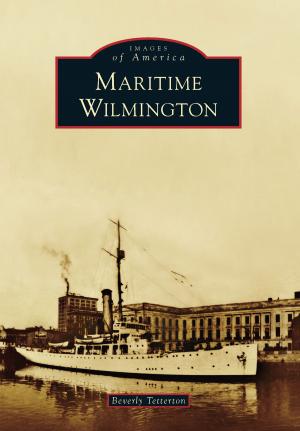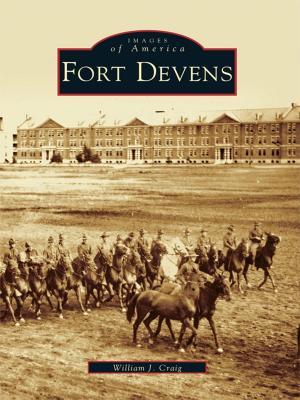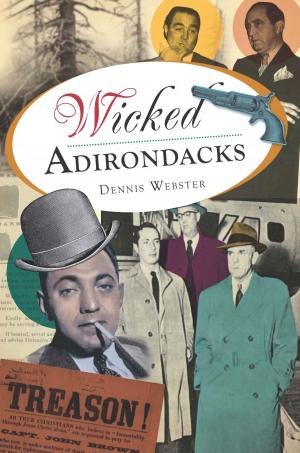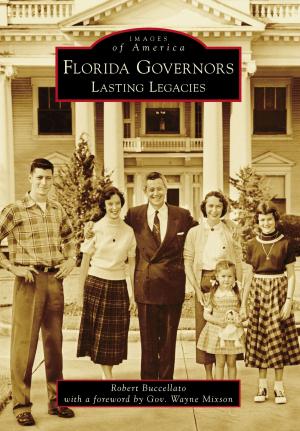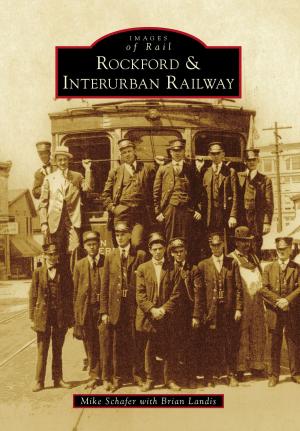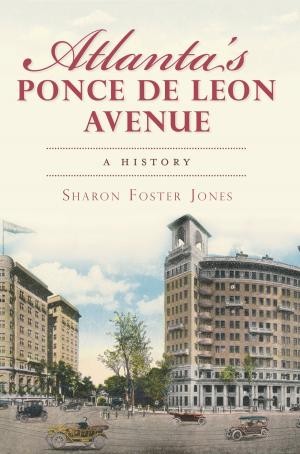| Author: | Lancaster Historical Society | ISBN: | 9781439624586 |
| Publisher: | Arcadia Publishing Inc. | Publication: | November 30, 2009 |
| Imprint: | Arcadia Publishing | Language: | English |
| Author: | Lancaster Historical Society |
| ISBN: | 9781439624586 |
| Publisher: | Arcadia Publishing Inc. |
| Publication: | November 30, 2009 |
| Imprint: | Arcadia Publishing |
| Language: | English |
In 1841, the Republic of Texas was on the brink of bankruptcy, and it needed to attract new immigrants in order to survive. With this important goal in mind, in 1844 the Texas congress authorized the republic�s president, Sam Houston, to contract with individuals to colonize the state. In September of that same year, one group headed by Capt. Roderick Rawlins from Illinois came to Texas and settled in what would become the town of Lancaster. Farmers grew grains and cotton, and Lancaster became a trade center with a lively town square. A commercial club organized in order to coordinate advertising for local businesses, and it also held trade days that later became town fairs. Local residents worked hard all week and enjoyed horse races, baseball, �forty-two� parties, music performances, and other entertainment on the weekends. By the late 1800s, Lancaster was connected to the rest of the state by the railroads, but the town still retained its independent, small-town Texas character.
In 1841, the Republic of Texas was on the brink of bankruptcy, and it needed to attract new immigrants in order to survive. With this important goal in mind, in 1844 the Texas congress authorized the republic�s president, Sam Houston, to contract with individuals to colonize the state. In September of that same year, one group headed by Capt. Roderick Rawlins from Illinois came to Texas and settled in what would become the town of Lancaster. Farmers grew grains and cotton, and Lancaster became a trade center with a lively town square. A commercial club organized in order to coordinate advertising for local businesses, and it also held trade days that later became town fairs. Local residents worked hard all week and enjoyed horse races, baseball, �forty-two� parties, music performances, and other entertainment on the weekends. By the late 1800s, Lancaster was connected to the rest of the state by the railroads, but the town still retained its independent, small-town Texas character.
